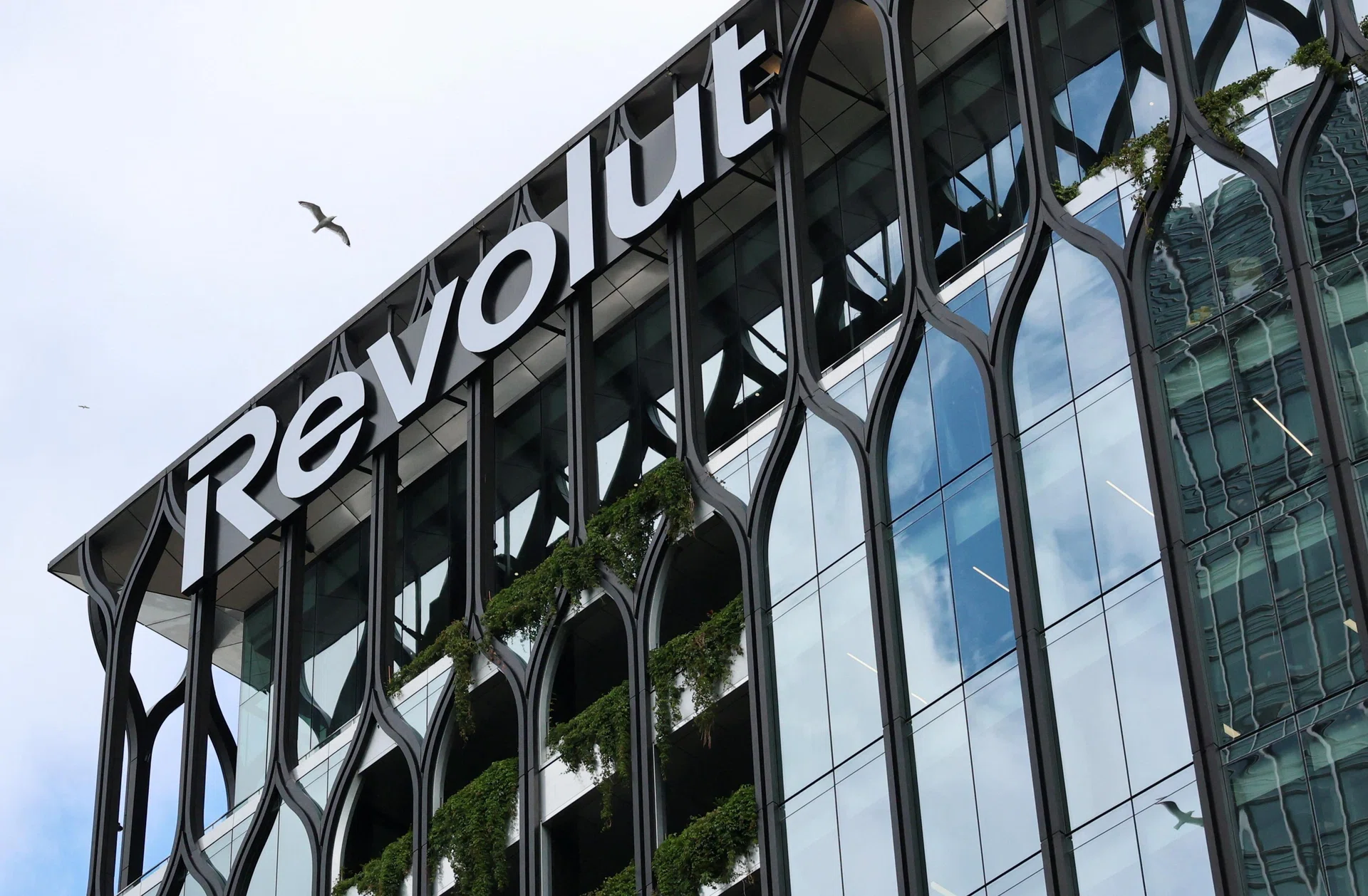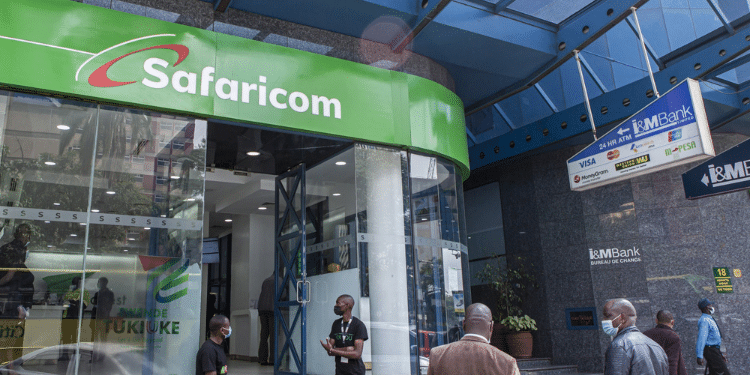Africa’s e-commerce giant Jumia Technologies AG (NYSE: JMIA) has just delivered the most impressive quarter in its 12-year history, a performance that signals more than a rebound. It marks an inflection point for digital retail across the continent.
On November 12, 2025, Jumia released its results for Q3 (ending September 30), with revenue surging 25% year-over-year to $45.6 million from $36.4 million, driven by explosive growth in Nigeria and heightened operational efficiency.
Gross merchandise value (GMV) climbed 21% to $197.2 million, while orders jumped 30% to 5.6 million and active customers increased by 23%, reflecting improved platform stickiness.
Yet Wall Street wasn’t fully impressed. The results came in slightly below the $50 million revenue expectation, causing the stock to dip 3.41% pre-market to $10.20 and settle around $10.13 in mid-November, still higher than recent lows but a reminder of the high expectations placed on Africa’s “Amazon.”
CEO Francis Dufay framed the quarter as a “turning point,” crediting deeper customer trust, logistics strength, and AI-powered optimisation for the momentum.
This quarter shows how Jumia is rewriting its playbook and what that might mean for Africa’s march toward a $1.5 trillion e-commerce economy by 2030.
Nigeria: The Beating Heart of Jumia’s Hyper-Growth
Nigeria remains Jumia’s most powerful engine, and Q3 made that clearer than ever. GMV in Nigeria skyrocketed 43% YoY, with orders up 30%, significantly outpacing overall platform performance.
This wasn’t by chance. Jumia has spent years localising its strategy in Africa’s largest economy broadening product assortments to match local demand, building one of the continent’s most robust last-mile delivery operations, and running aggressive promotional cycles anchored around seasonal spikes and Black Friday.
Cross-border activity added even more fuel: international merchants saw gross items sold surge 52%, reaffirming Jumia’s role as Africa’s gateway marketplace for global brands.
Consumer conditions helped too. With internet penetration hitting 55% in 2025 and smartphone usage surging past 50 million active users, Jumia’s app-driven ecosystem is converting once-sceptical offline shoppers into loyal digital buyers, particularly among young Nigerians who account for roughly 70% of online spending.
Across North Africa, Egypt also staged a comeback. Physical goods orders rose 27%, showing resilience even as GMV dipped 23%, a reflection of tough comparatives from large corporate deals the previous year.
READ ALSO:From Click to Delivery: Can Jumia’s Cairo Super Hub Redefine Last-Mile Logistics?
A Leaner, Smarter, Cash-Disciplined Jumia
Growth wasn’t the only story. Jumia continued refining its operations in a way that’s bringing the once-bleeding platform closer to profitability.
Operating loss narrowed to $17.4 million (from $20.1 million), and adjusted EBITDA loss trimmed to $14 million, a 17% improvement.
More importantly, Jumia cut its operating cash outflow by more than half, from $26.8 million to $12.4 million, leaving it with a liquidity buffer of $82.5 million, bolstered by recent at-the-market (ATM) share issuances.
Behind the scenes, Jumia has become far more efficient.Its headcount is down 7% since December 2024.
AI now powers core business functions, from marketing algorithms that target the highest-converting buyers to automated customer support handling 60% of queries to predictive inventory tools that cut stockouts by 25%.
Its strategic pivot is also paying off. Instead of spreading thin across loss-making digital services like JumiaPay, the company doubled down on physical goods, which now represent 85% of GMV, up from 75% in 2024.
Exiting low-yield markets such as South Africa and Tunisia in 2024 further sharpened its focus on high-growth West and East African markets.
The Profitability Path: Jumia’s Clearer Roadmap
The Q3 performance strengthens Dufay’s case that Jumia is on the home stretch toward profitability. The company is guiding for:
- FY2025 physical goods orders up 25–27%
- GMV up 15–17%
- Loss before tax at $50–$55 million
This sets the stage for a smaller $25–$30 million loss in 2026, breakeven by Q4 2026, and full profitability in 2027.
Analysts, meanwhile, project $236.6 million in revenue and $20.6 million in earnings by 2028, implying a 13% annual growth rate, which translates into a discounted fair value of $6.99/share.
That suggests a downside if Jumia falls short but an upside if execution continues improving.
What is clear is that Jumia is no longer the cash-burning experiment of the early 2020s. It is becoming an operationally tight marketplace with the scale needed to compete in a fragmented sector where over 8,500 players battle for relevance.
The Verdict: Trust + Tech + Tenacity = Breakout Quarter
Jumia’s Q3 wasn’t a lucky break. It was the result of three deliberate shifts:
- trust-building through reliable delivery,
- tech-driven efficiency, and
- tenacity in pruning weaker markets to focus on winners.
In a crowded, capital-intensive sector, Jumia’s strongest quarter yet shows a platform maturing into profitability while still capturing market share across Africa’s fastest-growing digital economies.
Are you bullish on Jumia’s runway, or do you think the earnings miss signals turbulence ahead? Let’s hear your take.
Jumia Earnings & Financial Updates
The latest Jumia earnings date continues to attract interest as investors track the platform’s performance, including Jumia profitability in Nigeria, where cost-cutting and operational efficiency remain key themes.
The company’s financials are detailed in the Jumia Annual Report, alongside quarterly updates such as the anticipated Jumia Q2 earnings 2025 release.
Analysts should follow Jumia results closely, with insights usually expanded during the Jumia earnings call, where executives outline growth, margins, and market strategy.
Ronnie Paul is a seasoned writer and analyst with a prolific portfolio of over 1,000 published articles, specialising in fintech, cryptocurrency, climate change, and digital finance at Africa Digest News.






Leave a Reply